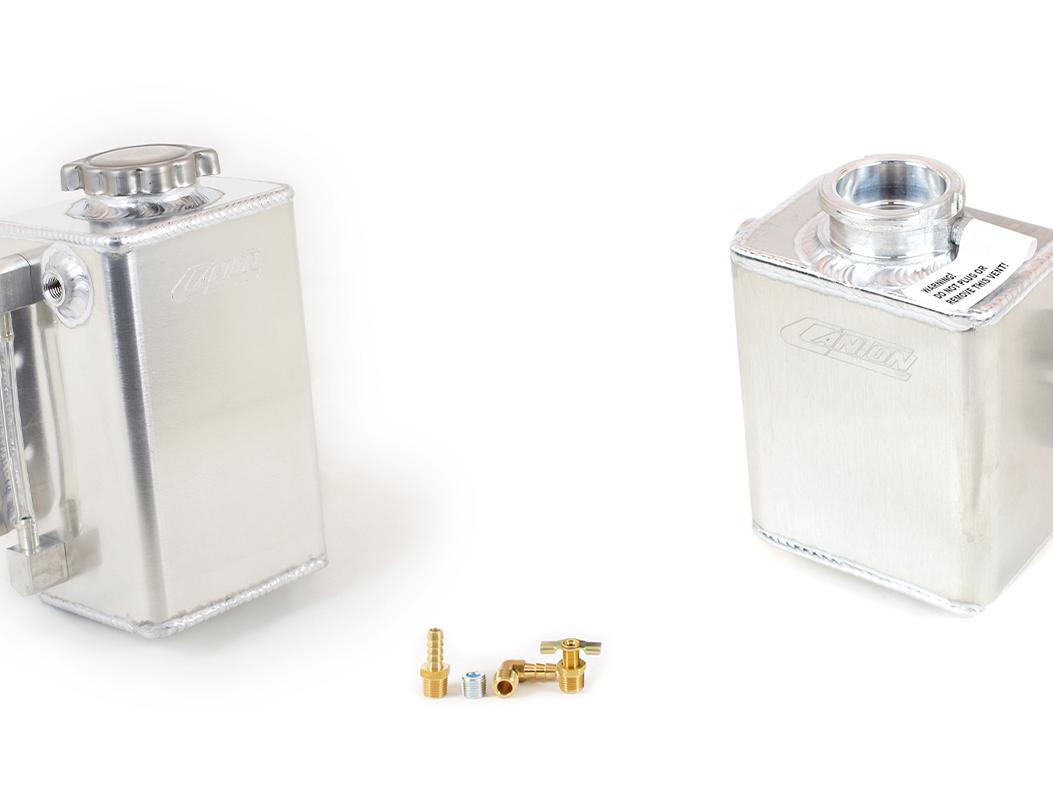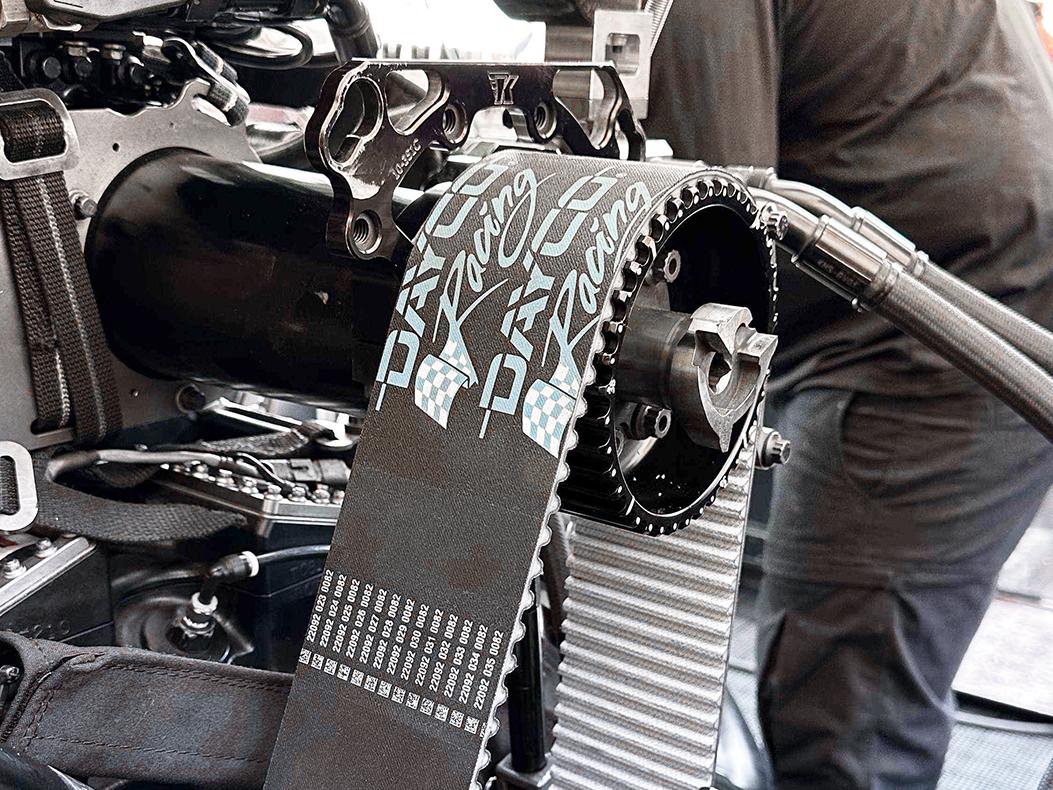How to Choose the Best Tungsten for AC TIG Welding

Maximizing the benefits of inverter technology in AC TIG welding depends on many factors. An especially critical one is selecting the right tungsten for the equipment and application.
In the past, pure tungsten was considered the only choice for TIG welding materials such as aluminum, magnesium, or other alloys that require an AC arc.
But the inverter technology in today's AC TIG welders has resulted in more options. Pure tungsten is no longer the recommended option. Modern alloyed tungsten electrodes, often referred to as rare earth tungstens, contain elements such as cerium or lanthanum and outperform traditional pure tungsten—helping to optimize quality and productivity.
BENEFITS OF TIG INVERTERS
The industry has shifted toward inverter-based AC TIG welders that incorporate advanced squarewave technology to improve weld quality, increase travel speed, and reduce operating costs.
Miller Electric Mfg. LLC patented squarewave AC output and the adjustable balance control function in the 1970s. This technology enabled the transition through the zero-amperage range to occur faster than a regular sine wave, improving arc starts and creating a more stable arc.
Today, the next generation of AC TIG inverter technology delivers more benefits in addition to a sine waveform.
THREE (3) ADVANCED SQUAREWAVE CAPABILITIES:
1. The AC TIG inverter in a Miller® Dynasty® welder produces smooth, stable arcs because the squarewave is driven through the zero point thousands of times faster than a rectifier-based welder. These welders have inverters so fast that the built-in, high-frequency capabilities are used for arc starting only — no longer needed to run continuously when welding aluminum. These inverter-based machines also offer Lift-Arc™ starting capabilities, eliminating the use of high frequency in both DC and AC.
2. Inverter-based welders extend electrode negative (EN) balance control. Dynasty welders let operators fine-tune duration times from 50 percent to 99 percent. Making the cycle's EN portion longer can help achieve greater penetration. It also contributes to a narrower weld bead and up to 20 percent faster travel speeds. Additionally, it reduces the heat on the tungsten, enabling the use of a smaller diameter tungsten to make welds on smaller or thinner parts.
3. Inverter-based welders let operators adjust the welding output frequency (not to be confused with high frequency for arc starting) from 20 up to 400 hertz in the case of the advanced Dynasty models. The output frequency of conventional welders is fixed at 60 hertz. The lower frequency range produces a broader arc cone, widening the bead profile, which is great for build-up work. Increasing the frequency, particularly above 100 hertz, produces a tighter, more focused arc cone. This pinpoint control drives more heat into the weldment for better penetration and a narrower bead, which helps when welding in corners, on root passes and fillet welds, or anywhere precision welding is required.
An AC TIG inverter is ideal for welding aluminum because it allows welders to fine-tune the weld bead profile by controlling arc cone shape and arc force through increased balance and frequency control. This lets operators change the shape and force of the welding current from a wide fan to a more focused stream. To achieve a softer, wider arc, welders can back off the AC frequency. For a more forceful arc, welders can tighten the frequency. The net effect is that advanced squarewave technology provides better control of the bead profile. Note that AC frequency predominantly affects arc width and penetration, while balance control affects cleaning action and tungsten life/geometry.
While pure tungsten traditionally holds up to heat better because it rounds off instead of forming small nodules, it's not the perfect answer for AC TIG welding anymore. The characteristics of pure tungsten combined with AC mode welding results in the tungsten balling up, producing a wider arc cone and possible arc wandering. When the pure tungsten ball becomes larger than the tungsten's outside diameter, it can get so hot that the tungsten splits or drops off and contaminates the weld puddle.
Rare earth tungsten maintains a point and doesn't ball up like pure tungsten does. Additionally, technologies such as increased balance control and output frequency take more heat off of the tungsten to minimize the nodules, making rare earth tungsten a better option for AC TIG welding.
CHOOSING A RARE EARTH TUNGSTEN
In selecting rare earth tungsten for TIG welding, the recommended options are 2% ceriated, 2% lanthanated or 1.5% lanthanated. Ceriated and lanthanated tungstens hold up better for AC TIG applications than 2% thoriated tungsten.
While thoriated tungsten remains the most common in DC TIG, because of concerns about radiation, most experts strongly recommend ceriated or lanthanated electrodes for AC and DC TIG. Tests have shown that ceriated and lanthanated electrodes are equal to—or even surpass—thoriated electrodes in terms of welding properties.
Another advantage of selecting rare earth tungsten in combination with advanced squarewave technology is the ability to use smaller tungstens, which deliver greater control with a more focused arc.
Not all electrodes are created equal. Be sure to choose a quality electrode with uniform oxide distribution in the tungsten matrix. This helps welding properties such as arc stability, ignition behavior, consumption rate, and service lifetime.
COMMON QUESTIONS WHEN SELECTING A TUNGSTEN
- What metal is being welded?
- Is AC or DC welding output required?
- Is the welding power source traditional or inverter-based with extended balance control and adjusted output frequency?
- What amperage range is needed?
- What electrode diameter is required, and how is it sharpened?
It's also a good idea to consult a tungsten selection chart.
MAXIMIZE THE BENEFITS OF INVERTER TECHNOLOGY
When welding aluminum or magnesium with an inverter-based AC TIG welder, the wrong tungsten can hamper the benefits of advanced squarewave technology. Choosing the right tungsten with an inverter-based TIG welder can significantly enhance productivity and ultimately the bottom line thanks to increased travel speeds, reduced gas, and tungsten consumption, faster weld puddle starts, decreased post-weld finishing time, and eliminated arc wandering.
 MEMBERSHIP LOGIN
MEMBERSHIP LOGIN JOIN PRI
JOIN PRI


